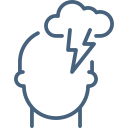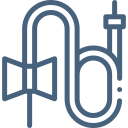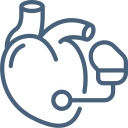خدماتنا
العناية بالقلب
يتمثل تخصصنا في تقديم خدمات لجميع المرضى، والاختبارات غير الجراحية، والرعاية القلبية الحادة للذين يعانون من الذبحة الصدرية (ألم الصدر) ، والنوبات القلبية ، وعدم انتظام ضربات القلب (نظم القلب غير الطبيعي) ، وفشل القلب ، واضطرابات صمام القلب.
أمراض القلب غير الغازية
نستخدم مجموعة متنوعة من الأدوات غير الجراحية مثل: تخطيط صدى القلب ، الفيزيولوجيا الكهربية للقلب ، اختبار الإجهاد ، مراقبة القلب ، الأشعة المقطعية.
تقنية
استمتع بالفوائد المثبتة لعلاج EECP وتحسين إمداد القلب بالأوكسيجين ، وتقليل آلام الصدر ، وتحسين استجابة EKG ، وزيادة الطاقة ، والآثار طويلة المدى.
الاستشارات الصحية
جميع الفحوصات الصحية والاختبارات البدنية على مدار العام للوقاية من الحالات الخطيرة، والوعي الصحي الشخصي، وزيادة فرص العلاج، وتعزيز الصحة العامة.







